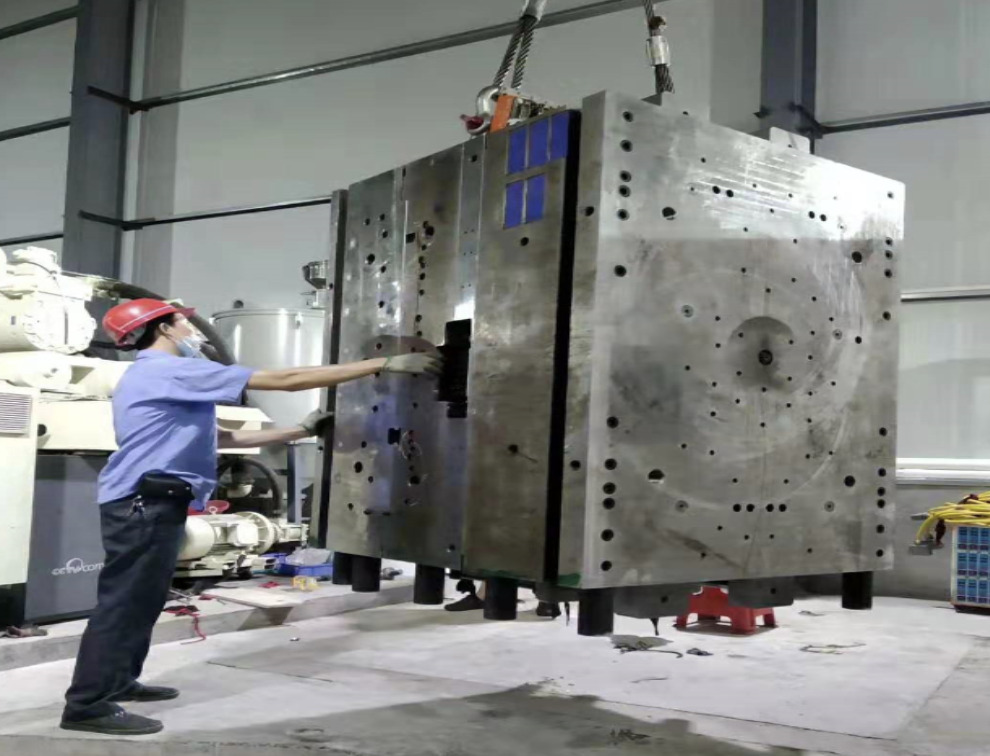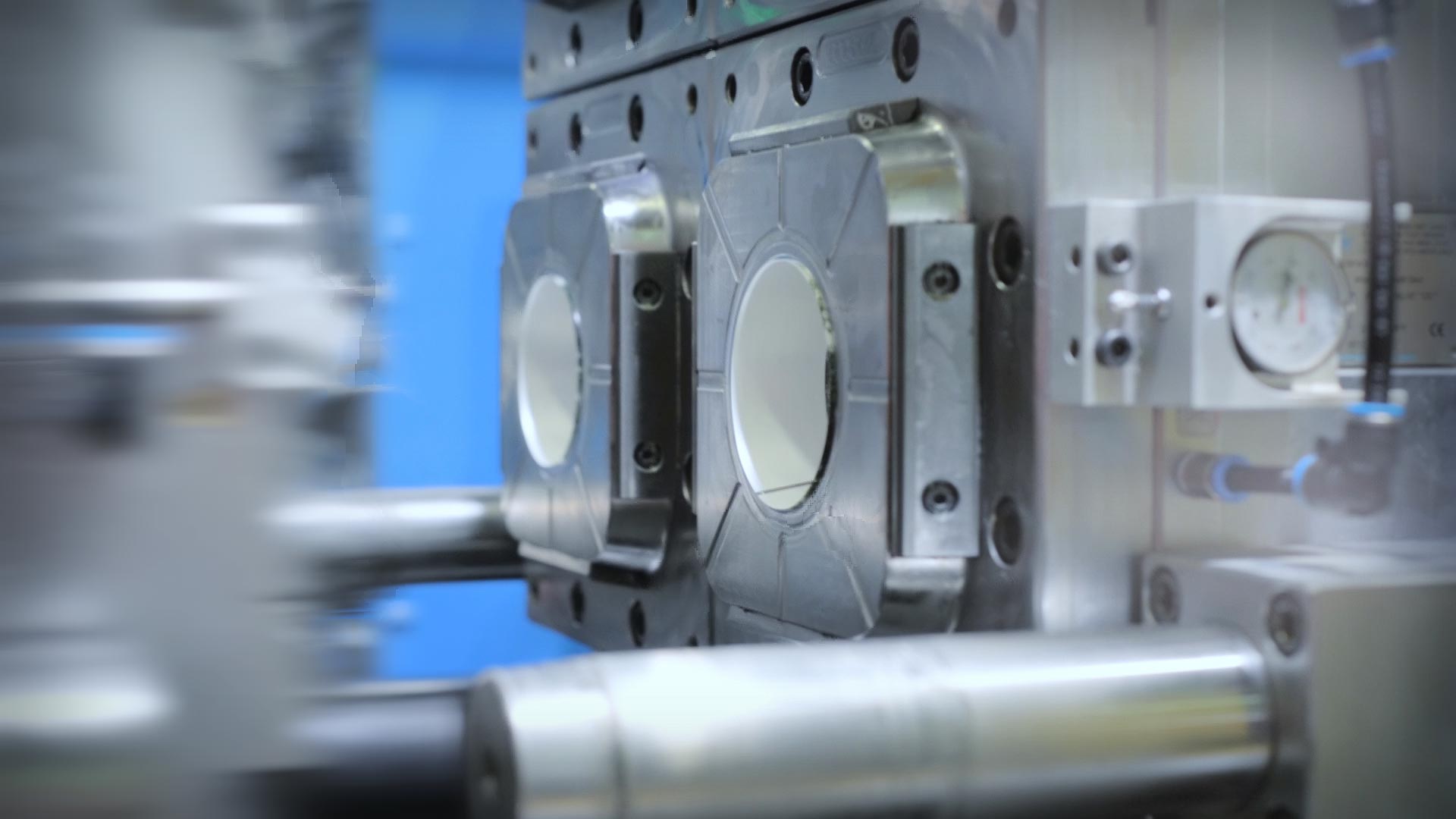The Role of Plastic Injection Molding in Creating Affordable Industrial Parts
The Role of Plastic Injection Molding in Creating Affordable Industrial Parts
Blog Article
Understanding the Essentials of Plastic Shot Molding Processes
Plastic injection molding functions as a keystone of modern manufacturing, offering a systematic approach to generating complicated components with precision. This process not just encompasses the basic actions of melting and injecting materials right into mold and mildews yet likewise includes a nuanced understanding of various affecting elements, such as temperature and pressure. As markets significantly require performance and quality, the intricacies of this methodology end up being a lot more crucial. Checking out these essential components could disclose just how even minor adjustments can bring about significant renovations in production end results, questioning regarding the possibility for innovation in this established process.
What Is Plastic Injection Molding?
Plastic injection molding is a widely made use of manufacturing process that transforms thermosetting and polycarbonate products into specific and complicated forms. This method is favored for its capability to create high quantities of identical parts with remarkable accuracy, making it a vital approach in various industries, including automotive, consumer items, and medical tools.
The procedure includes melting the chosen plastic product and injecting it into a mold and mildew under high pressure. The mold and mildew, developed to the specifications of the preferred part, enables the liquified plastic to form as it cools down and solidifies. Once the material has actually solidified, the mold and mildew is opened, and the completed element is ejected.
Plastic shot molding supplies a number of advantages, consisting of minimized waste, consistency in manufacturing, and the capability to include detailed designs that might be challenging with other manufacturing methods. In addition, it sustains a broad series of products, each supplying unique buildings that can be tailored for particular applications. As sectors remain to introduce, plastic shot molding stays at the forefront, enabling the development of advanced items that satisfy progressing consumer demands.
The Injection Molding Refine
The shot molding process is an advanced strategy that entails numerous vital phases to create top quality plastic elements. Originally, plastic pellets are fed right into a warmed barrel where they are merged a viscous fluid. This molten plastic is after that infused under high stress into a precision-engineered mold and mildew, which forms the material right into the wanted kind.
Once the mold and mildew is loaded, the plastic is enabled to cool and solidify, taking the shape of the mold dental caries. Air conditioning time is important, as it affects the cycle time and the final buildings of the shaped part. After sufficient cooling, the mold and mildew opens, and the completed element is ejected using ejector pins.

Products Utilized in Shot Molding
Numerous products can be utilized in the injection molding procedure, each offering distinct residential properties that accommodate details applications. The most typically used products include thermoplastics, thermosetting plastics, and elastomers.

Thermosetting plastics, like epoxy and phenolic materials, go through a chemical modification during the treating process, causing a rigid, inflexible framework. These materials are ideal for applications requiring high warmth resistance and architectural honesty, frequently made use of in auto components and electrical insulators.
Elastomers, consisting of silicone and rubber-based products, give flexibility and strength. Their distinct buildings make them ideal for applications that demand flexibility, such as seals and gaskets.
Furthermore, specialized materials like bio-based plastics and compounds are acquiring grip for their environmental benefits and improved performance qualities, expanding the range of injection molding applications in different markets. Recognizing the residential or commercial properties of Continue these products is critical for selecting the appropriate kind for details tasks.
Advantages of Injection Molding
Shot molding sticks out as a very effective production process that uses countless advantages for creating complex get rid of precision. Among one of the most considerable advantages is the capacity to create detailed designs that would certainly be impossible or tough to attain with other approaches (Plastic Injection Molding). The process permits for thorough features and tight resistances, making certain top quality parts
Additionally, injection molding is recognized for its fast production capabilities, making it an ideal selection for high-volume manufacturing. As soon as the mold and mildew is developed, parts can be created swiftly, decreasing preparations and enhancing overall productivity. This performance not only decreases manufacturing prices yet likewise supplies an one-upmanship out there.
The versatility of materials made use of in shot molding better improves its charm. A large range of thermoplastics and thermosetting polymers can be utilized, enabling manufacturers to choose materials that ideal fulfill their certain linked here requirements, including strength, flexibility, and warm resistance.
Furthermore, the process minimizes waste, as excess product can often be reused and recycled. This sustainability element contributes to a minimized ecological effect, making shot molding a liable manufacturing selection. On the whole, the benefits of injection molding make it a favored approach for many industries.
Aspects Affecting Product High Quality
While countless factors can affect item quality in injection molding, comprehending these aspects is vital for achieving optimal outcomes. Trick facets include product selection, processing parameters, and mold design.
Material choice plays an essential role, as various polymers show unique residential or commercial properties that influence flowability, strength, and thermal stability. Insufficient material selection can result in defects such as bending or insufficient filling.
Handling criteria, consisting of temperature level, cycle, and pressure time, need to be carefully managed. Variants in these setups can lead to variances in part dimensions and surface finish. Excessively high temperature levels might trigger degradation of the polymer, while inadequate pressure can result in short shots.
Mold layout is equally vital, as it figures out the flow of the molten plastic and the cooling process. Improperly made mold and mildews may lead to irregular air conditioning rates, resulting in recurring anxieties and dimensional inaccuracies.

Conclusion
Finally, plastic injection molding acts as a critical production procedure that enables the reliable manufacturing of high-grade parts. Proficiency of the injection molding procedure, consisting of the understanding of products and the impact of various elements on product quality, is important for achieving optimum outcomes. The benefits of this approach, such as cost-effectiveness and design adaptability, more emphasize its importance across numerous industries, solidifying its status as a preferred option for high-volume manufacturing.
Plastic injection molding serves as a cornerstone of modern production, offering a methodical approach to creating complex components with precision.Plastic injection molding uses several advantages, including reduced waste, consistency in production, and the ability to incorporate elaborate designs that might be challenging with other producing methods (Plastic Injection Molding). As sectors proceed to innovate, plastic injection molding continues to be at the forefront, allowing the development of sophisticated items that satisfy advancing customer demands
The injection molding process is an innovative strategy that entails a number of crucial phases to generate premium plastic components.In final thought, plastic injection molding offers as an important production process that allows the reliable manufacturing of top notch components.
Report this page